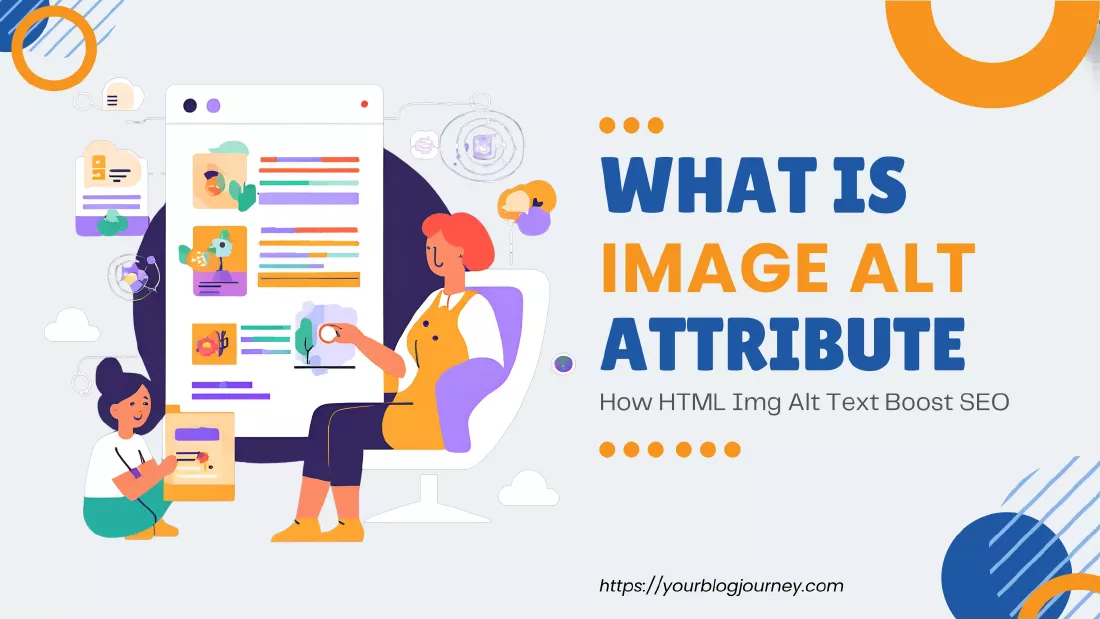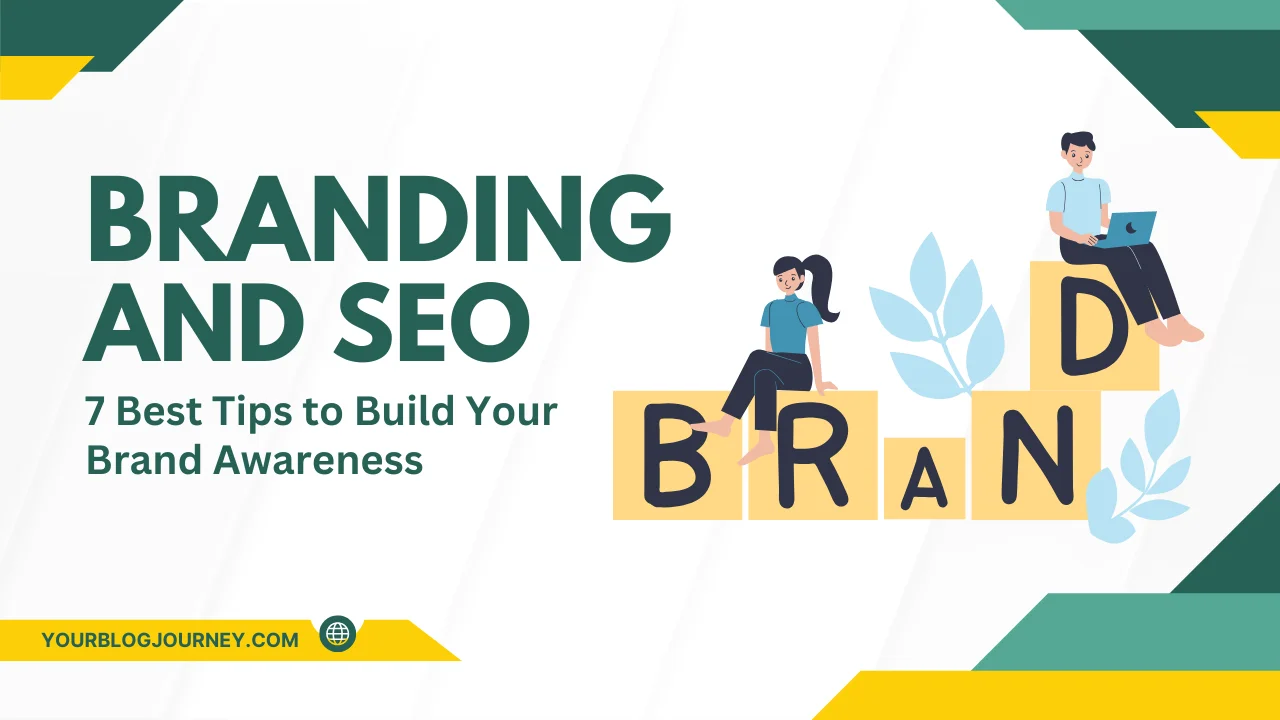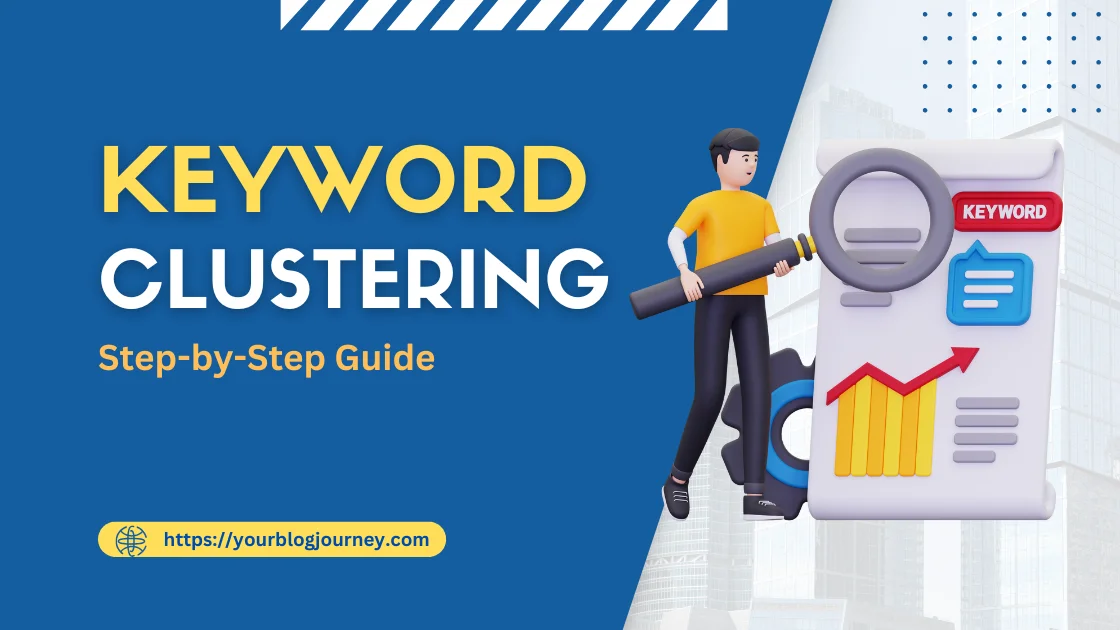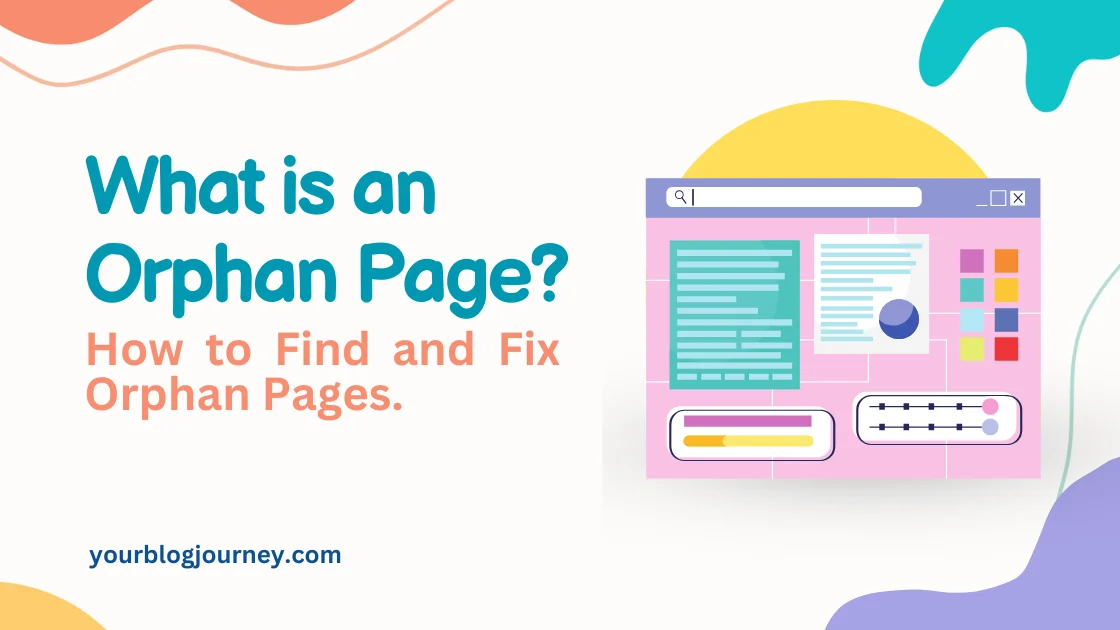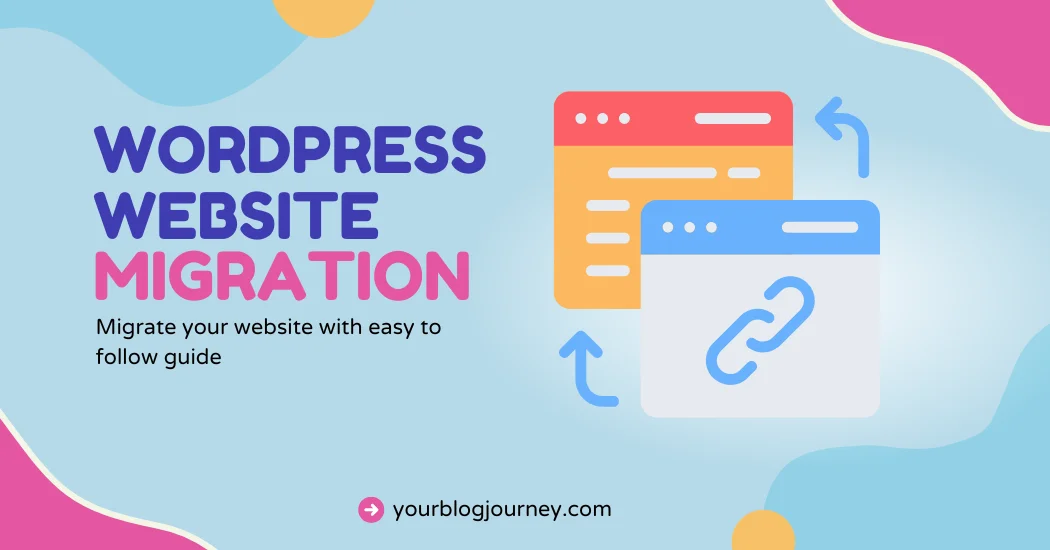Images add life to web pages, making content more engaging. But for search engines and visually impaired users, images need a little help to be understood. That’s where the Image Alt Attribute comes in, an important part of your HTML code that helps with SEO and accessibility. In this guide, we’ll break down what is image alt attribute, how alt text works, why it matters, and how to use it effectively.
“Adding alt text is like giving a voice to images—making them accessible to all, regardless of ability or device.”
What is Image Alt Attribute?
The Image Alt Attribute is a description added to an image in HTML. This description, known as alt text or alt tag. Alt text provides alternative information about an image, if a user for some reason cannot view it. This might happen if the image fails to load due to a slow connection or if the user is using a screen reader.
Example of HTML code with alt text:
<img src="sunset.jpg" alt="A beautiful sunset over the mountains">
Here, the alt attribute provides a short description of the image content, helping users and search engines understand what’s in the image.
Why Alt Text Important
Alt text is crucial because it ensures that every image has a voice, reaching not only search engines but also users who rely on screen readers. Alt text is important for several reasons:
- Accessibility: Alt text makes images accessible to people using screen readers, such as visually impaired users.
- SEO: Search engines like Google read alt text to understand what the image shows, helping to improve your site’s ranking.
- Image Search: Alt text allows images to appear in image search results, potentially driving more traffic to your website.
How Alt Text Helps Search Engines
Alt text is a way to describe images to search engines. Since search engines can’t “see” images, they rely on text to understand the content. By adding accurate and descriptive alt text, you’re helping search engines categorize your images, which can improve your SEO strategy and help relevant images rank in image search results.
“Adding relevant and descriptive alt text can increase your website’s visibility in search engine results, making it easier for people to find your content.” — SEO Expert
How to Add Alt Text to Images
Adding alt text is straightforward. In HTML, you include it within the img tag. Here’s how:
<img src="beach.jpg" alt="A relaxing beach scene with blue water and palm trees">
To add alt text in WordPress:
- Open the media library.
- Select an image.
- Add your description in the “Alt Text” box.
This description should be short but specific, giving users a clear idea of what’s in the image.
Image Alt Text Best Practices for SEO
When you optimize alt text, you’re not just improving SEO; you’re enhancing user experience for everyone. When writing alt text, follow these 7 best practices:
- Use Descriptive File Names: Rename images with descriptive keywords (e.g., “golden-retriever-dog.jpg” instead of “IMG1234.jpg”). The file name, combined with the alt text, provides a stronger signal regarding image content.
- Use keywords: Include primary keywords naturally in the alt text to enhance the image’s relevancy to search engine queries. However, avoid keyword stuffing; keep it natural and relevant.
- Keep it short: Keep alt text concise, ideally under 125 characters. This not only ensures readability for screen readers but also avoids excessive information that might dilute the SEO impact.
- Align Image Text with Page Content: Ensure that the text supports the overall content on the page. If the page is about a specific topic, the alt text should reflect that topic, reinforcing content relevancy for SEO.
- Use Unique Alt Text for Each Image: Avoid duplicating alt text across multiple images. Each image should have unique alt text that captures its specific details, which helps in understanding distinct elements on your page.
- Describe the Image’s Purpose or Function: If the image serves a functional purpose (like a button or link), include relevant keywords that match the purpose.
- Optimize for Image Search Results: Craft alt text with image search in mind. Many users search directly in image search results, and optimized alt text increases the likelihood that your images will rank there.
The above best practices can be used for optimizing images not only in WordPress but in any CMS tool.
“Alt attributes are the unsung heroes of SEO, quietly boosting visibility while ensuring accessibility.”
Using the Title Attribute Alongside Alt Text
The title attribute is an optional HTML element that can be added to images. While alt text describes the image for screen reader users and search engines, the title attribute provides extra information visible to users when they hover over the image. Though not necessary for SEO, the title attribute can improve user experience.
Image Accessibility for the Visually Impaired
For visually impaired users, alt text is essential. Screen readers read text aloud, including alt text, allowing users to understand what each image represents. Alt text must be concise but descriptive to ensure that the image is accessible to all users.
“Alt text transforms images from silent visuals to meaningful content for everyone, including search engines and visually impaired users.”
Decorative Images and Empty Alt Tags
Not all images need alt text. For purely decorative images, like design elements, an empty alt attribute (alt="") is recommended. This tells screen readers to skip over the image, making the browsing experience smoother for people using screen readers.
When to Use Empty Alt Tags:
- For icons or decorative elements that don’t add essential information.
- For background images used only for aesthetic purposes.
Final Thoughts
The image alt attribute may seem simple, but it has a big impact on SEO, accessibility, and user experience. By following alt text best practices, you can make your content more accessible to visually impaired users and improve your visibility in search engines.
If you want to learn more topics related to technical SEO, then check this article – What is Semantic SEO
FAQ – Image Alt Text
Ans: An example of alt text for a beach photo could be “A sunny beach with blue waves and palm trees.”
Ans: The alt attribute in an image tag provides a text description for an image, used by screen readers and search engines.
Ans: To write good alt text, describe the image accurately and use relevant keywords without stuffing.
Ans: An empty alt attribute (alt="") means the image is purely decorative, so screen readers will skip it.
Ans: To fix an empty alt attribute, update the HTML code and add descriptive alt text if the image is essential to the content of the page.

